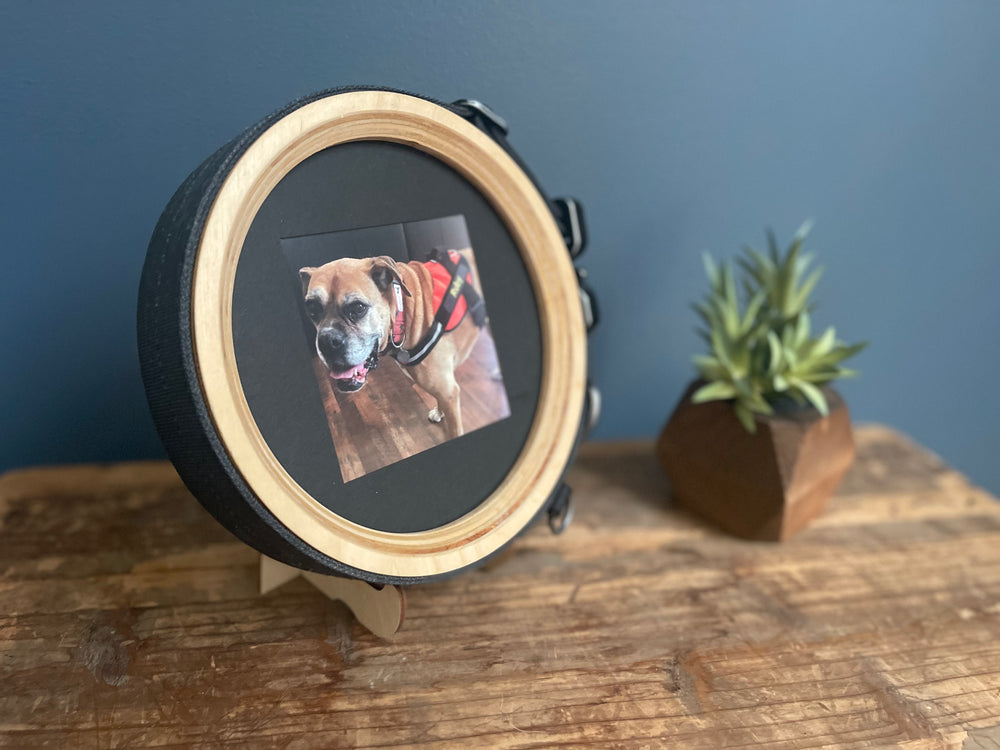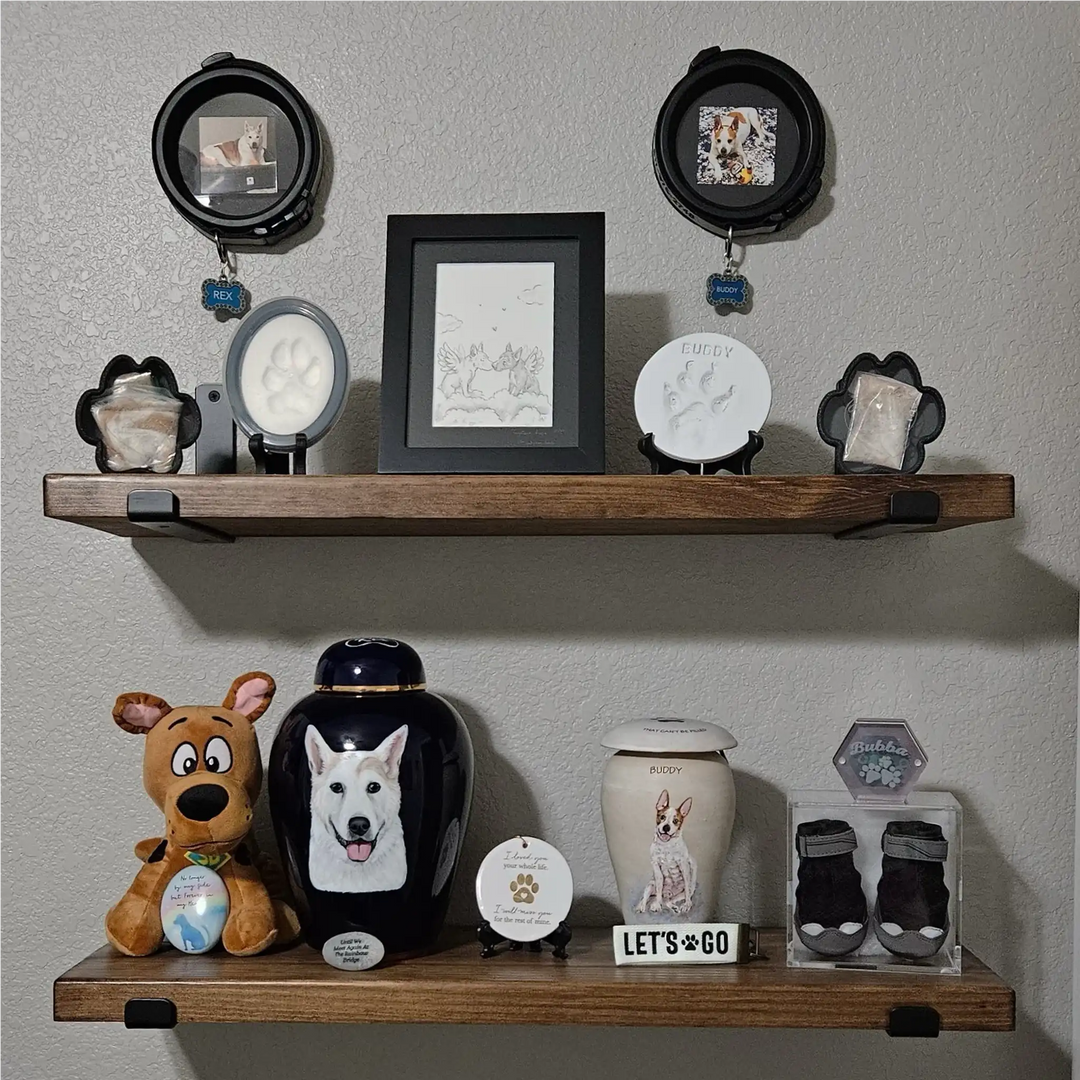The Importance of Pet Identification: Keeping Your Furry Friend Safe
As pet parents, we do everything we can to keep our pets happy, healthy, and safe. But accidents can happen—a gate gets left open, a leash slips, or a curious cat sneaks out the door. When the unexpected occurs, pet identification can be the lifesaving tool that brings your beloved companion back home.
Here’s a look at why pet identification is so important, the different types available, and tips for ensuring your pet’s ID is effective.
Why Pet Identification Matters
Each year, millions of pets go missing, and sadly, not all find their way back home. Proper pet identification significantly increases the chances of a happy reunion. It provides a way for anyone who finds your pet—whether a neighbor, shelter, or animal control officer—to contact you quickly.
Pets without identification are more likely to end up in shelters, where they may not be recognized as someone’s lost family member. By equipping your pet with ID, you’re giving them the best chance of making it back to the loving home they know and deserve.
Types of Pet Identification
1. Microchipping
A microchip is a small electronic chip, about the size of a grain of rice, that’s implanted just under your pet’s skin (usually between the shoulder blades). The chip contains a unique identification number linked to your contact information in a database.
-
Pros:
- Permanent and tamper-proof.
- Can’t be lost or removed like a collar or tag.
- Recognized by most shelters and veterinary offices with a scanner.
-
Things to Remember:
- Microchips don’t have GPS tracking—they only work when scanned.
- Keeping your contact information up to date in the microchip registry is crucial.
2. ID Tags
An ID tag is a simple and visible way to identify your pet. Attached to their collar, it typically includes your pet’s name, your phone number, and sometimes your address.
-
Pros:
- Easy for anyone to read and immediately recognize as identification.
- Inexpensive and widely available.
- Can be customized with additional info, such as medical needs or a reward offer.
-
Things to Remember:
- Tags can wear down over time—check for legibility regularly.
- Collars can occasionally come off or be removed.
3. GPS Trackers
For pet parents who want an extra layer of security, GPS trackers can be attached to your pet’s collar and allow you to track their location in real time.
-
Pros:
- Excellent for escape artists or pets who spend time off-leash.
- Can help locate pets quickly in case of an emergency.
-
Things to Remember:
- GPS trackers require charging and often a subscription for their tracking service.
- They should be used as a supplement to, not a replacement for, ID tags or microchipping.
Tips for Effective Pet Identification
- Double Up: Combining a microchip with a collar and ID tag gives your pet the best chance of being reunited with you. The tag is an immediate identifier, while the microchip provides a backup if the collar is lost.
- Update Your Info: Whenever you move or change your phone number, update your contact information on your pet’s microchip registry and get a new tag made.
- Use a Durable Collar: Invest in a quality, well-fitting collar that won’t easily break or slip off.
The Emotional Relief of Being Prepared
No one wants to think about their pet going missing, but having proper identification in place provides peace of mind. Knowing you’ve done everything you can to safeguard your furry friend’s return means you can focus on the happy moments together without the nagging “what ifs.”
At Whisker & Fang, we’re passionate about helping pet parents create a safe, loving environment for their pets. From heartfelt keepsakes to practical tips, we’re here for every step of your journey together.
Have questions about pet identification or want to share your story of a reunited pet? Let us know in the comments below—we’d love to hear from you!
The content on this blog is not to be taken as advice. All information posted is for informational and educational purposes. It is not intended as a substitute for professional advice. Whisker & Fang management and staff are not responsible for how the information found here is used. If you need help, please seek professional counsel from a mental health professional..






Leave a comment